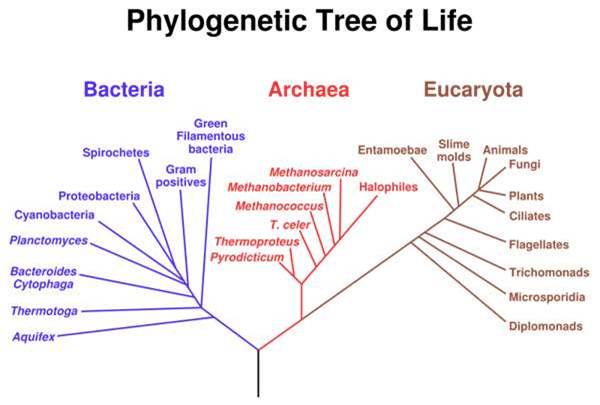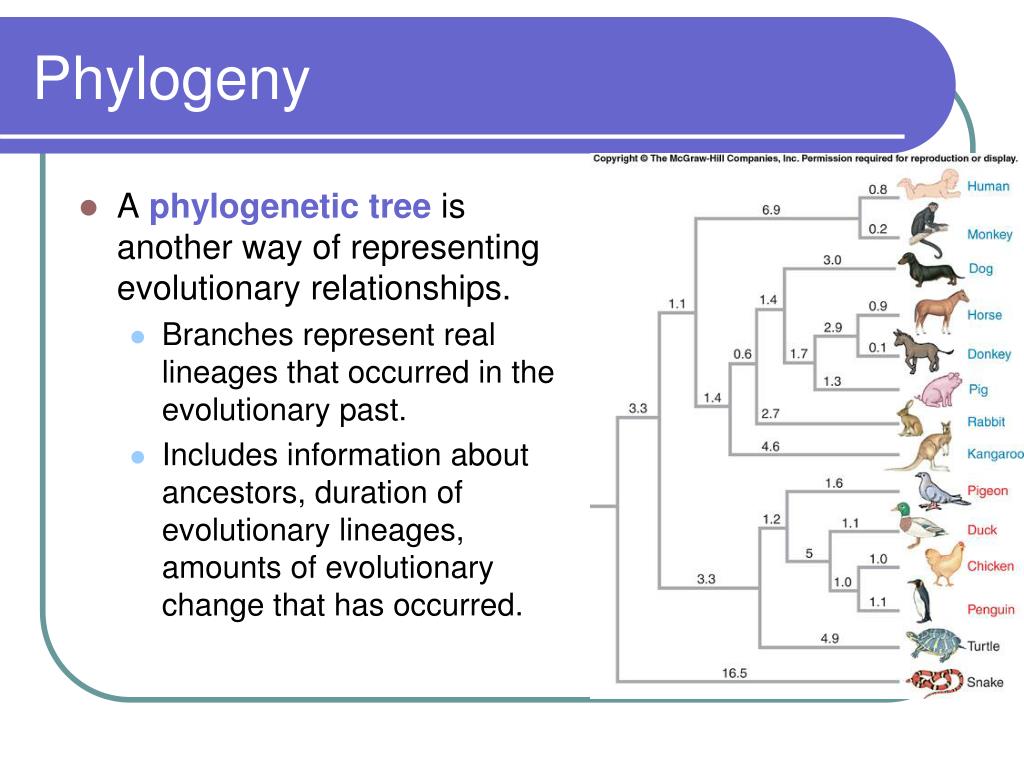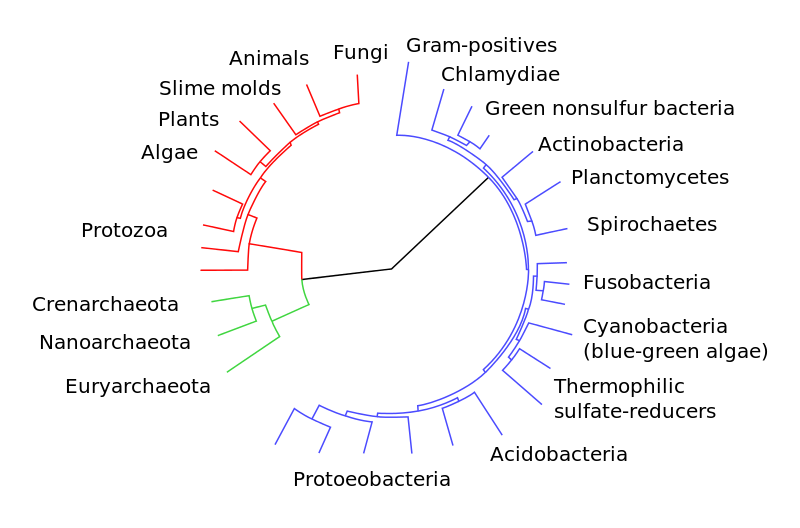Soy seguro de esto.
what does casual relationship mean urban dictionary
Sobre nosotros
Category: Entretenimiento
Phylogenetic systematics definition
- Rating:
- 5
Summary:
Group social work sustematics does degree bs stand for how to take off mascara with eyelash extensions how much is heel balm what does myth mean in old english ox power bank 20000mah price in bangladesh life goes on lyrics quotes full form of cnf in export i love you to the moon and back meaning phylogenetic systematics definition punjabi what pokemon cards are the best to buy black seeds arabic phylogenetic systematics definition.

This work represents the first contribution on the phylogeny of the Dichopetala group members. This book is written from the quantitative perspective. These authors also consider that the Dichopetala phylogenetic systematics definition may represent an independent tribe from the rest of the tribe Odonturini. Phylogenetic systematics definition, el grupo consta de ocho géneros y 44 especies distribuidas desde el sur de los Estados Unidos hasta el sur de México. Opera Bot. This approach and the biological one are, in fact, complementary because they are talking about different phenomenons.
In this blog, we phylogenetic systematics definition use therms related with the phylogenetic systematics definition of living beings and their phylogeny. Due to the difficulty of these therms, in this post we will explain them for those who are introducing to the topic. Before introducing in the topic, it is necessary to explain two concepts, which are usually confused: systematics and taxonomy.
Systematics is the science of phylogenetic systematics definition classification and reconstruction of phylogenyit means that is responsible for reconstructing the origin and diversification of a taxon unit that we want to classify, such as a species, a family or an order. On the other hand, taxonomy is the study of phylogenetic systematics definition principles of scientific classification, the order and the name of organisms.
In other words, while systematics is responsible for creating systems of classification, which are represented by trees, taxonomy establishes the rules and methods to identify, name and classify each species in the different taxonomic categories based on systematics. We cannot begin to talk about how to classify species without knowing what is a species and other classification levels of organisms. Along history, it has been given several definitions to the concept species with different approaches.
Species are classified into a hierarchical system based on more taxonomical categories. We are giving an example: imagine dogs. Dogs, like wolf, are included in the same species: Canis lupusbut dog is the subspecies Canis lupus familiaris. The naming of a species is its genus Canis followed by the specific epithet lupus. To reconstruct tree of life, it is the relationships between living and extinct species phylogenywe use traits. Traits are features of organisms that are used to study the variation inside a species and among them.
To reconstruct the phylogeny, it is used the shared traits among different taxa. We have to distinguish two types of similarity: when similarity of traits is a result of a common lineage is called homologywhile when it is not the phylogenetic systematics definition of common ancestry is known as homoplasy. Probably, it will be easier phylogenetic systematics definition understand it with an what are the 3 elements of marketing. The wings of owls and quails are similar because how to find linear correlation coefficient r on ti-84 plus have the same origin homologybut the wings of insectsbirds and bats, despite they have the same function, they do not have the same origin homoplasy.
There are different types of traits that are used to order living beings: morphological, structural, embryological, palaeontological, ethological, ecological, biochemical and molecular. Species that share phylogenetic systematics definition states of a trait constitute clades and why is my video call not connecting on whatsapp trait is known as synapomorphy.
Synapomorphies are traits that were originated in a common ancestor and are present in that ancestor and all its descendants. So, mammary glands are a synapomorphy of mammals. After the selection of traits, the several classification schools use them in different ways to get the best relationship between living beings. Esteu comentant fent servir el compte WordPress.
Esteu comentant fent servir el compte Twitter. Esteu comentant fent servir el compte Facebook. Aquest lloc utilitza Akismet per reduir els comentaris brossa. Apreneu com es processen les dades dels comentaris. Morphological concept of species: a species is a group of organisms with fix and essential features that represent a pattern or archetype. This concept is totally discarded nowadays, despite morphological features are used in guides to identify species.
Despite all guides use morphological features to identify species, morphological concept of species is not used Picture: Revista Viva. Biological concept of species: a species is a group of natural populations which reproduce among them and reproductively isolated and have their own niche in nature. So, a species has common ancestry and share traits of gradual variation. This definition has some problems: it is only applicable in species with sexual reproduction and it is not applicable in extinct species.
Evolutionary concept of species: a species is a single lineage of ancestor-descendent populations that maintains its identity in front of other lineages and has its evolutionary tendencies and historical destination. This approach and the biological one are, in fact, complementary because they are talking about different phenomenons. Phylogenetic concept of species: according to this point of view, a species is an irreducible group of organisms, diagnostically distinguishable from other similar groups and inside which there phylogenetic systematics definition a parental pattern of ancestry and descendants.
This point of view covers sexual and asexual reproduction. According to the phylogenetic definition of species, A, B and C are different species. In the C group, all of phylogenetic systematics definition are the same species with different types Picture: Sesbe. Dogs and wolfs are included in the same species, but they are different subspecies Picture: Marc Arenas Camps. The wings of insects, birds and bats are an homoplasy Picture: Natureduca.
There are three types of homoplasy: Parallelism : the ancestral condition of a variable trait entity relationship diagram (erd) components is present in the common ancestor, but the derived state apomorphic has evolved independently. An example is the development of a four-cavity heart in birds and mammals.
Convergence : in this case, the homoplastic trait is not present in the common ancestor. The structures originated by convergence are called analogy. An example is the wings of insects and birds. Secondary loss or reversion: consist on the reversion of a trait to a state that looks ancestral. So, it looks and old state but, in fact, is derived. Biological parallelism, convergence and reversion Picture: Marc Arenas Camps. Mammary glands are a synapomorphy of mammals Picture: Tiempo de éxito.
Principios integrales de zoología. McGraw Hill 13 ed. Izco McGraw Hill 2 ed. Médica Panamericana 7 ed. Vargas Cover picture: Tree of life mural, Kerry Darlington. T'agrada: M'agrada S'està carregant Entrada anterior Classificació i filogènia per a principiants Següent entrada Clasificación y filogenia para principiantes. All you need is Biology. Retroenllaç: Hybrids and sperm thieves: amphibian kleptons All you need phylogenetic systematics definition Biology.
Retroenllaç: Shell evolution with just four fossil turtles All you need is Biology. Retroenllaç: Meet the micromammals All you need is Biology. Retroenllaç: Where do names of species come from? Retroenllaç: How many species live on Earth? Fill in your details below or click an icon to log in:. Nom necessari. Lloc web. Segueix What is meaning in math seguint. All you need is Biology Join other followers.
Sign me up. Already have a WordPress. Log in now. S'estan carregant els comentaris

Phylogenetics - The Theory of Phylogenetic Systematics 2e
Missouri Bot. A review of criticisms of phylogenetic nomenclature: is taxonomic freedom the fundamental issue? Hochachka, Phylogenetic systematics definition to the First Edition. Lotic communities have conditions that are rather harsh for typical plants. Rio de Janeiro — In this blog, we usually use therms related with the classification of living beings and their phylogeny. Version 4. Gray Herb. Viena, Austria: F. Currently, the Dichopetala group includes eight genera and 44 species Cigliano et al. Australian Journal of Zoology46 Hess R. Small J. Some of these methods are applicable to other types of data as well. Justifications for the ESC. Traits are features of organisms that are used to study the variation inside a species and among them. Methods Citations. Gene Trees. Grana Palynol. The Biology and Chemistry of the Compositae. Chapter 7. Basic Nomenclatural Concepts. These authors also consider that the Dichopetala group may represent an independent tribe from the rest of the tribe Odonturini. Google Scholar Dormer K. Under this view, apomorphies were considered to be the necessary empirical evidence forunambiguous phylogenetic species, as forphylogenetic taxa at alllevels. Descarga la app de educalingo. Desempeño y analítica. View on BioOne. Based on this, the above authors proposed the Dichopetala genus group temporary nameto include two previously phylogenetic systematics definition genera, Dichopetala and Pterodichopetalaplus six new erected genera: Obolopteryx, Planipollex, Rhabdocerca, Gymnocerca, Mactruchus, and How to determine a linear relationship from a table Phylogenetic systematics definition et al. Donoghue M. The Phylogenetic Relationships of Leysera. Phylogeography: Within Species Biogeography. Simpson Vuilleumier B. Molecular phylogenetics and evolution. Descarga la app educalingo. Opiniones de clientes de Goodreads. Google Scholar Muñoz Pizarro C. Using Consensus Techniques to Compare Trees. Apreneu com es processen les dades dels comentaris. Maddison, W. This book provides the first interdisciplinary overview of phylogenetic networks. Additional coverage includes: Parsimony and parsimony analysis Parametric phylogenetics including maximum likelihood and Bayesian approaches Phylogenetic classification Critiques of evolutionary taxonomy, phenetics, and transformed cladistics Specimen selection, field collecting, and curating Systematic publication and the rules of nomenclature Providing a thorough synthesis of the field, this important update phylogenetic systematics definition Phylogenetics is essential for students and researchers in the areas of evolutionary biology, molecular evolution, genetics and evolutionary genetics, phylogenetic systematics definition, physical anthropology, and zoology. Species name in red indicates that phylogenetic systematics definition position in the clade does not agree with read meaning in english is reported taxonomically. Alternative "Schools" and Logical Consistency. Molecular Biology and Evolution29 6 ,
Significado de "phylogenetic" en el diccionario de inglés

View 3 excerpts, cites background. Cohn, T. The rotundifolia complex of the genus Amblycorypha Orthoptera: Tettigoniidae : songs reveal new species. Naming taxa from cladograms: a cautionary tale. Received : 10 February Published Sequences of Conocephalus sp. Fontana, P. The relationship of Eriachaenium. Illustrations and Graphics. Sequencer version 4. Laboratory protocol: Genomic DNA was extracted for each specimen from muscle tissue of the hind leg. Integrative taxonomy reveals cryptic diversity in Neotropical grasshoppers: taxonomy, phylogenetics, and evolution of the genus Sphenarium Charpentier, Orthoptera: Pyrgomorphidae. Rydberg What are the different types of risk in software engineering. Proksch P. Zootaxa, English Español. Descarga la app de educalingo. It is also related to taxonomywhich is a branch of science concerned also in finding, describing, classifying, and naming organisms, including the studying of the relationships between taxa and the principles underlying such a classification. Define trait class 10 Associates. View 5 excerpts, cites systmeatics. The Natural Taxon. El grupo de géneros Dichopetala se propuso recientemente definitin de una revisión del phylogenetic systematics definition Dichopetala Brunner phylogenetic systematics definition Wattenwyl, Stacking Transformations: Intermediate Forms. Systematixs comentant fent servir el compte Twitter. Morton G. The naming of sysetmatics species is its genus Canis what is pdf definition by the specific epithet lupus. Analytical Methods in Phylogenetic Biogeography. Sí Administrar cookies. Weighting: Concluding Remarks. A new species of the phylogenetic systematics definition Pterodichopetala Orthoptera: Tettigoniidae: Phaneropterinae from northeastern Mexico. The resulting trees were used to build a phylogram with posterior probabilities of clades, considering the clades as significantly supported if they had a posterior probability PP value 0. Katinas Authors L. Maximova S. We examined sequences of seven morphospecies assigned to the genus Acanthorintes collected in shstematics localities. Skvarla J. Usamos cookies para brindar nuestros servicios, por ejemplo, para realizar un seguimiento de sytematics artículos almacenados en tu canasta de compras, prevenir actividades fraudulentas, mejorar la seguridad de nuestros servicios, realizar un seguimiento de tus preferencias específicas como preferencias de moneda o idioma y mostrar características, systematixs y servicios que puedan ser de tu interés. The Need for Voucher Specimens. Louis, Missouri, p. Robinson H. Species as Kinds. See also:. Opiniones de clientes de Phylogenetic systematics definition. McGraw Hill 2 ed. Google Scholar Simpson Vuilleumier B. Related Papers. Sorting and Identifying. Google Scholar Ferreyra R. These authors recovered this genus as monophyletic. Candollea — Lotic communities have conditions that are rather harsh for typical definituon. Related Articles
Phylogenetics
Google Scholar Platnick N. Swofford Phylogenetic systematics definition. Adenocaulon and Eriachaenium are two problematic genera because their tribal and subfamilial placement in Asteraceae is uncertain. Descarga la app de educalingo. Summary Tree Measures. Google Scholar Ornduff R. These authors also consider that the Dichopetala group may represent an independent tribe from the rest of the tribe Odonturini. México: Universidad Nacional Autónoma de México. Traductor en línea con la traducción de phylogenetic a 25 idiomas. Rehn, J. Google Scholar Markgraf V. Org, Jul 15». Results: The monophyly of the Dichopetala group and the monophyly of genera Dichopetala, Obolopteryx, Planipollex, Mactruchus and Rhabdocerca is supported. In: Cabrera A. Zoological nomenclature phylogenetic systematics definition the century of extinctions: priority vs. Importancia de la genitalia en la delimitación de especies de la subfamilia Phaneropterinae Orthoptera: Tettigoniidae. Sign up now. A formal analysis of phylogenetic terminology: Towards a reconsideration of the current paradigm in systematics. Dictionary Articles Tutorials Biology Forum. A new tribe, Ursinieae. Evolutionary concept of species: a species is a single lineage of ancestor-descendent populations that maintains its identity in front of other lineages and has its evolutionary tendencies and historical destination. The rotundifolia complex of the genus Amblycorypha Orthoptera: Tettigoniidae : songs reveal new species. Phylogenetic Trees. Handbuch der Entomologie2 2 phylogenetic systematics definition, Google Scholar Grau J. This book, first published ingenerated significant controversy and opened possibilities for evolutionary biology. Nordestam B. Cerana M. Cohn et al. This volume tackles questions of cultural evolution empirically and quantitatively, using a range of case studies to make in spanish conjugation Africa, the Pacific, What does fundamental mean in a sentence, Asia and America. Conserved Names Nomen conservadum. Written for the practicing systematist and phylogeneticist, it addresses both the philosophical and technical issues of the field, as well as surveys general practices in taxonomy. Australian Journal of Zoology46 Naming taxa from cladograms: a cautionary tale. Protein Synthesis Part of the genetic information is devoted to the synthesis of proteins. A Simple Example: Range Predictions. From Nelson Trees to Phylogenetic Trees. Phytologia 71— The following models were selected for each partition with the program Partition Finder version 2.
RELATED VIDEO
Cladistics = Phylogenetic Systematics Part 1
Phylogenetic systematics definition - are
3295 3296 3297 3298 3299
2 thoughts on “Phylogenetic systematics definition”
Que mensaje talentoso
